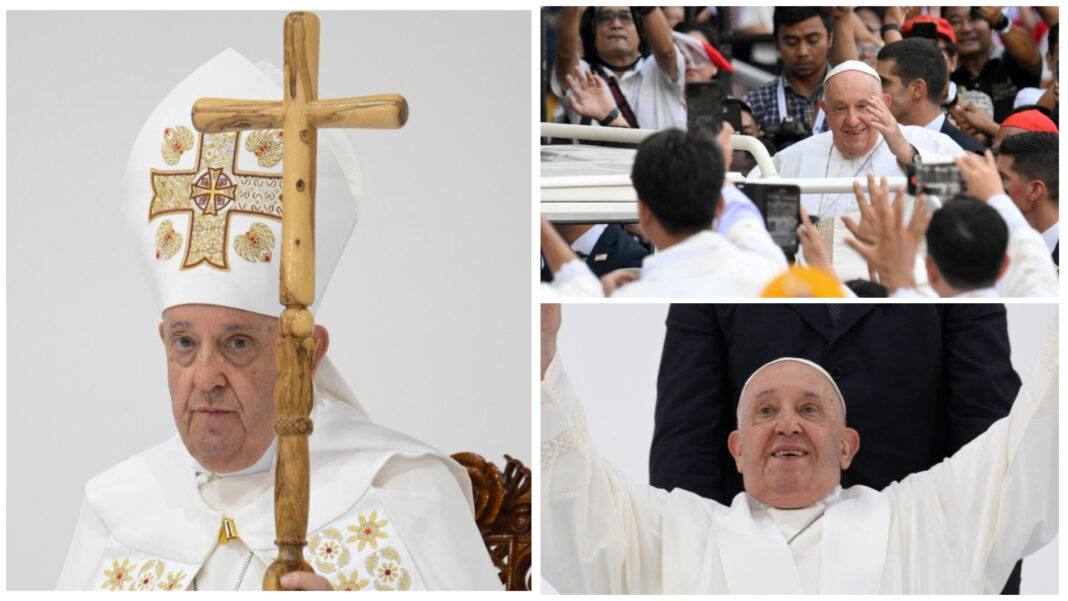Thoughts and prayers bounce against the walls of the Catholic Church with the recent updates on the supreme pontiff.
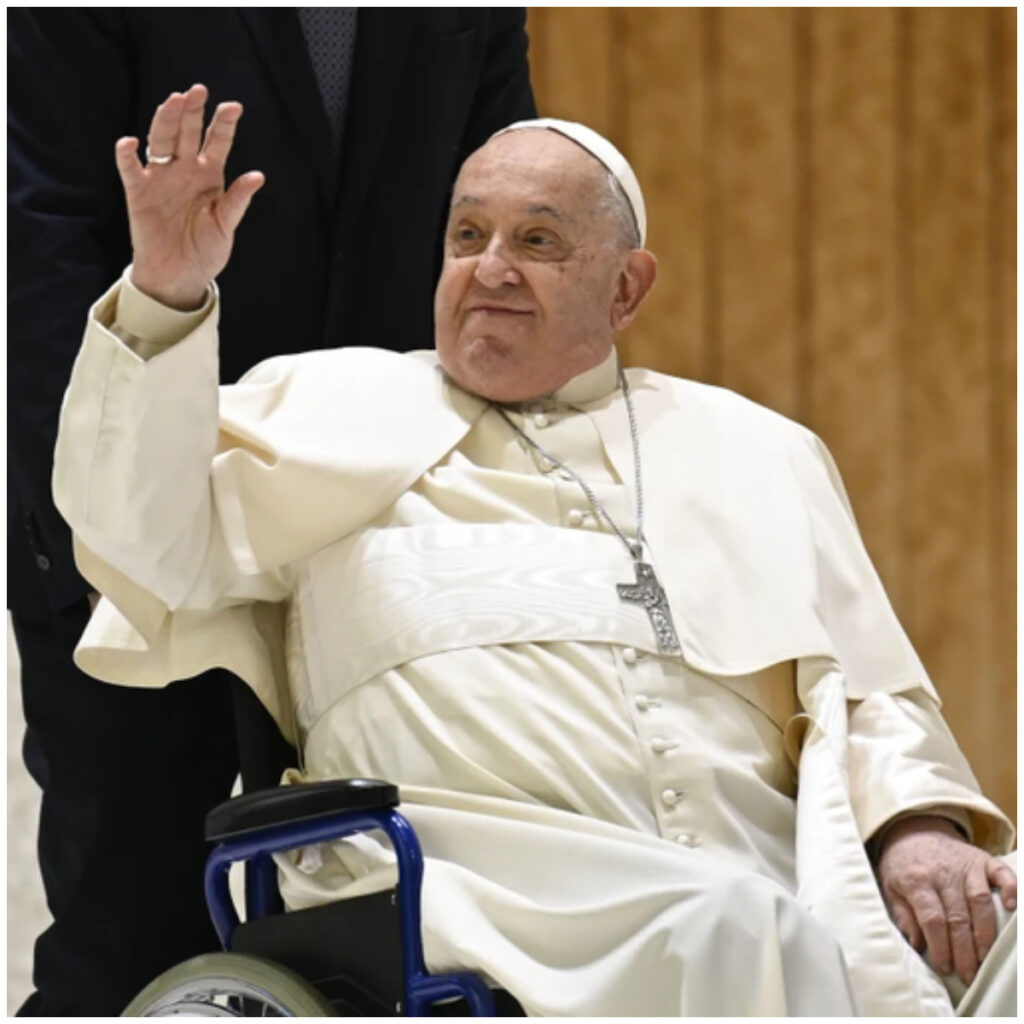
Pope Francis, the 88-year-old leader of the Catholic Church, is revealed to be hospitalized at Rome’s Agostino Gemelli Polyclinic due to bilateral pneumonia and a polymicrobial respiratory tract infection.
The Vatican confirmed that a CT scan revealed pneumonia in both lungs, necessitating targeted drug therapy.
Here is what we know so far after he was initially admitted last Friday for diagnostic tests and treatment for bronchitis.
Understanding Bilateral Pneumonia
Bilateral pneumonia, also referred to as double pneumonia, occurs when both lungs are infected, leading to inflammation and fluid accumulation in the air sacs.

This condition is particularly dangerous for elderly individuals, as weakened immune systems make fighting infections more challenging. Common symptoms include fever, cough, chills, and difficulty breathing.
Dr. Maor Sauler, a pulmonary and critical care specialist at Yale University, noted that while bacterial pneumonia is often treated with antibiotics, viral pneumonia requires antiviral medication and symptom management.
Given Pope Francis’ advanced age and history of respiratory issues, his ability to recover is a primary concern.
Getting to Know Polymicrobial Respiratory Tract Infection
Meanwhile, a polymicrobial respiratory tract infection means multiple types of bacteria, viruses, fungi, or parasites are present in the lungs simultaneously.
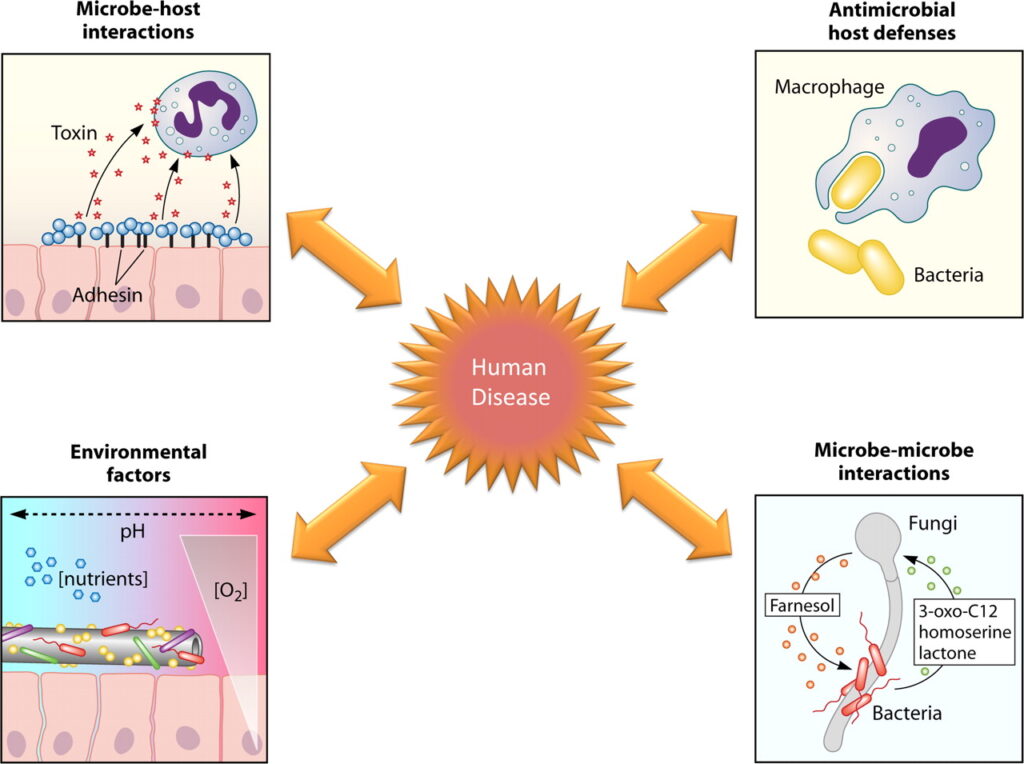
The National Institutes of Health (NIH) reports that such infections are more complex to treat, requiring a tailored antibiotic regimen that may take days to weeks to fully clear.

Because of this, the Pope may be on a combination of medications to address different aspects of the infection and prevent further complications.
The Severity of the Pope’s Condition
Pope Francis has faced previous respiratory challenges, including pneumonia and bronchitis.
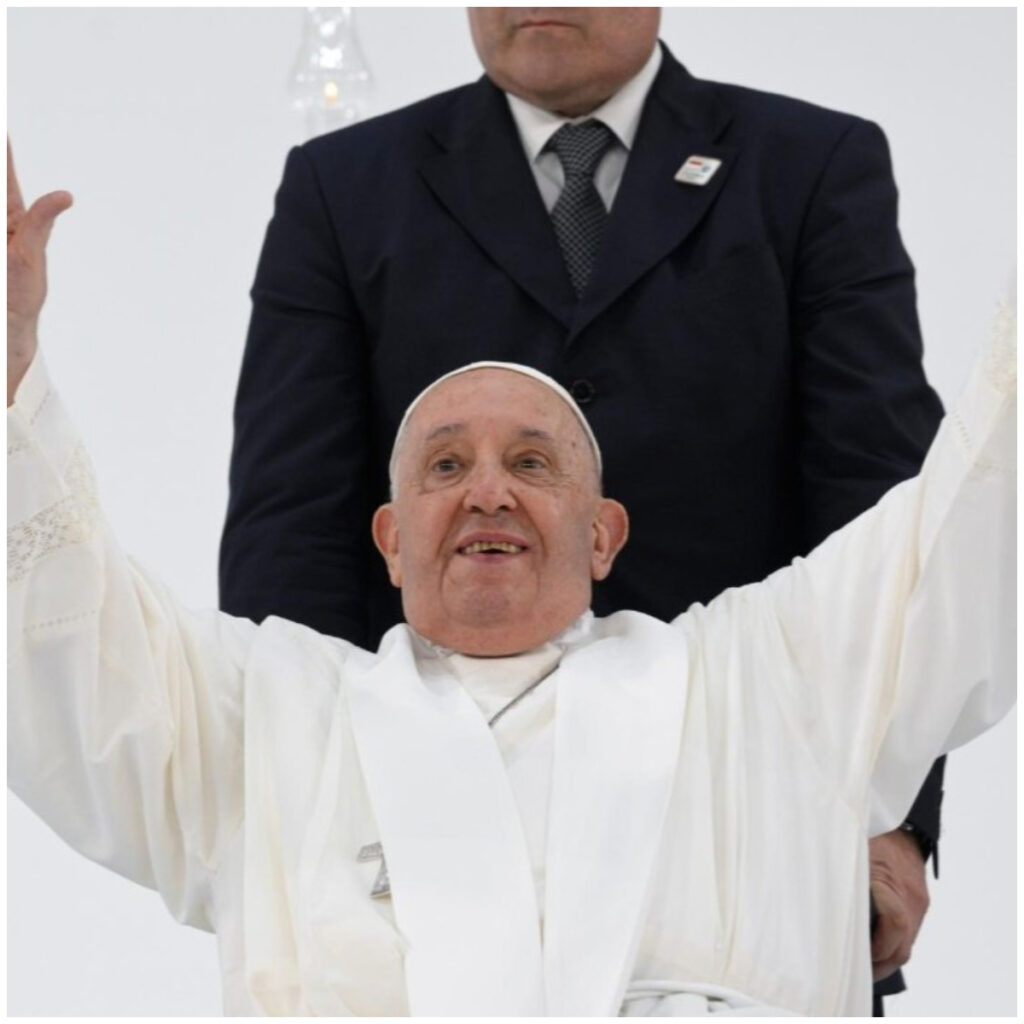
Additionally, he lost part of his right lung in 1957 due to an infection, further complicating his ability to recover from severe respiratory illnesses.
His recent medical history includes a three-day hospitalization in March 2023 for bronchitis and a 10-day hospital stay in July 2021 due to an intestinal issue that required surgery.
Given these preexisting conditions, medical experts warn that infections in already-compromised lungs can be difficult to manage.
The Vatican reported that while Francis remains in stable condition and has no fever, his medical team has ordered complete rest to aid recovery.
Despite this, he has continued to check in on global affairs, including reaching out to parishioners in Gaza.
Expected Treatment and Recovery Time
Typically, antibiotic treatments for pneumonia last between several days to two weeks. In cases like Pope Francis’, additional medications—such as antivirals, steroids, and supportive respiratory treatments—might be necessary.
Oxygen therapy and intravenous fluids are often used to stabilize severe cases, while chest physiotherapy can help clear fluid buildup in the lungs.
The primary focus now is on monitoring whether the Pope’s condition improves or deteriorates despite treatment.
The Future of the Catholic Church
The Vatican has announced the cancellation of several of Pope Francis’ public events, including the Jubilee of Deacons Mass on February 23 and his weekly general audience.
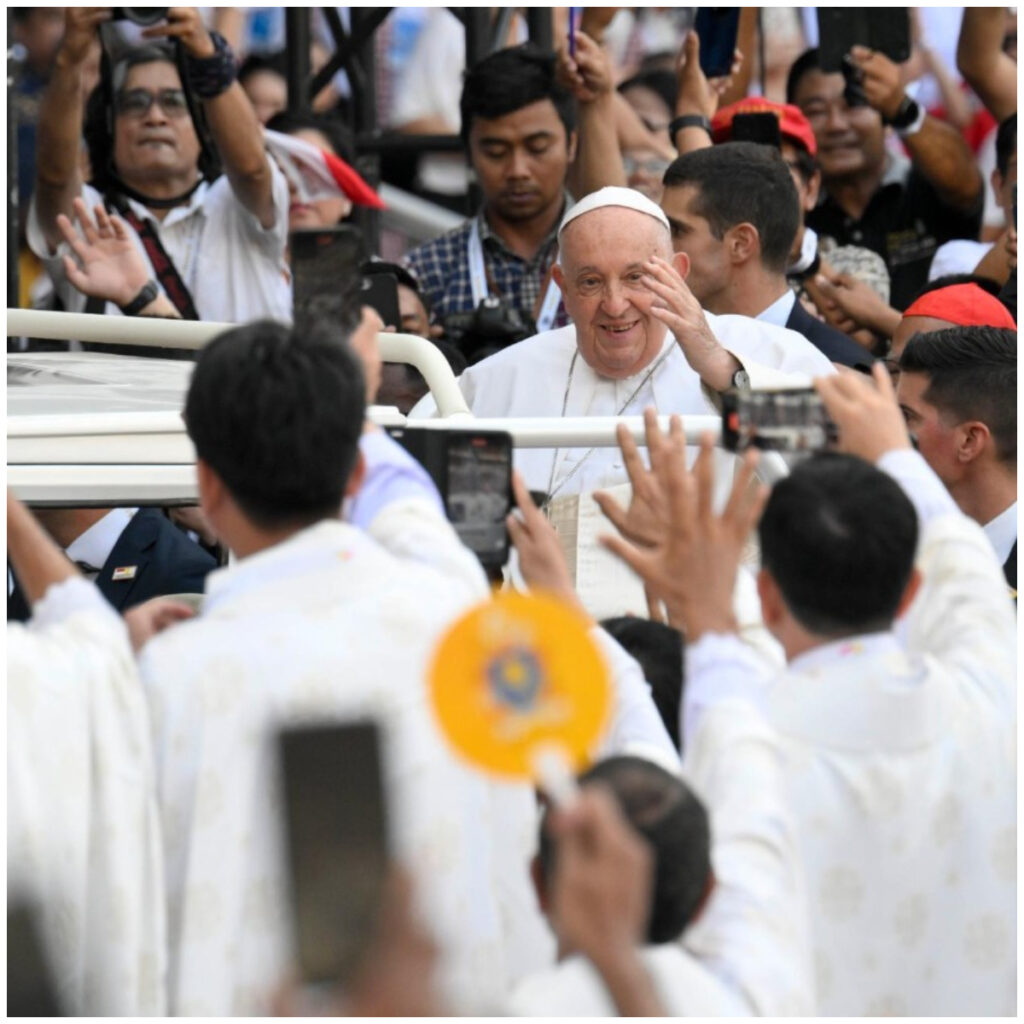
Doctors will continue to evaluate his response to treatment in the coming days, watching for any signs of respiratory failure or sepsis, both of which are risks for elderly pneumonia patients.
Meanwhile, concerns about his health have led to speculation about his successor.
While any baptized Catholic male can be elected pope, the role is typically filled by a cardinal.
Keep posted to know more about the future of the Church and be sure to include the Pope in your prayers.

